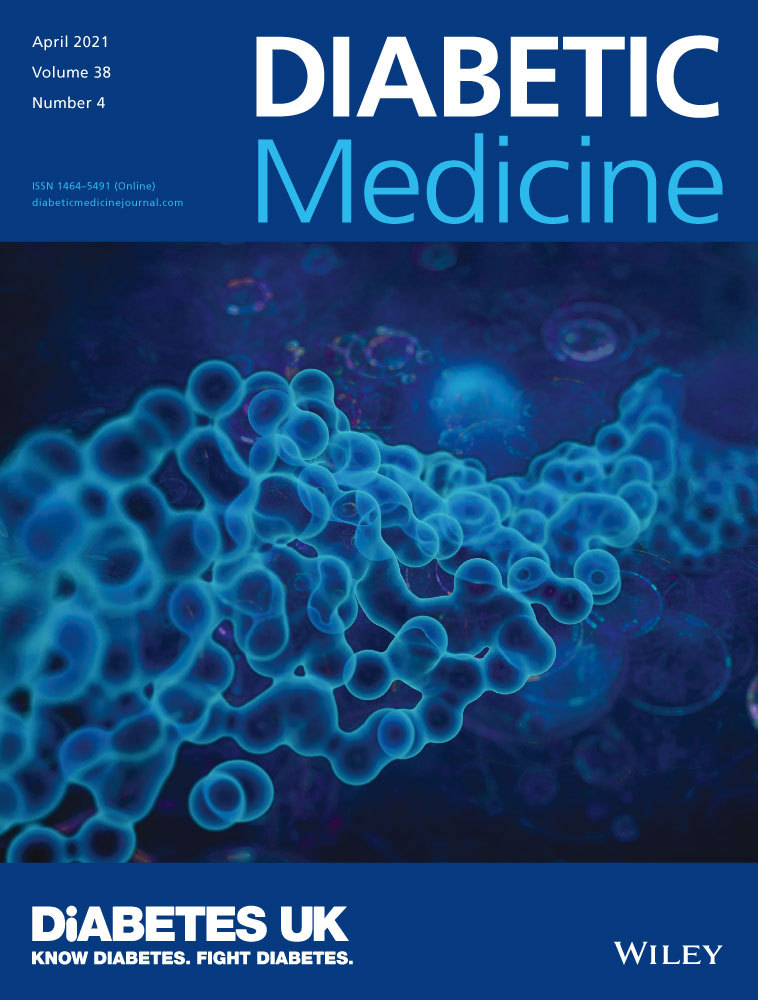The role of infrared dermal thermometry in the management of neuropathic diabetic foot ulcers
Abstract
Aim
This prospective observational study evaluated the role of infrared (IR) dermal thermometry in the management of diabetic foot ulcers.
Methods
Thirty participants with unilateral neuropathic diabetic foot ulcers of University of Texas grade 1 or 2 (stage A) were followed up monthly for 1 year. At each visit, skin temperatures were measured with an IR dermal thermometer at corresponding sites on both feet, using the contralateral feet without ulcers as controls.
Results
Average temperature and ulcer temperature in affected feet were significantly higher than in unaffected feet, with a mean difference of 1.2 °C [95% confidence interval (CI) 0.7 to 1.7] and 3.1 °C (95% CI 2.3 to 3.9), respectively. Although the gradient between average temperature of affected foot and that of unaffected foot normalized (mean difference 0.2 °C, 95% CI −0.2 to 0.7) at healing, the temperature gradient between the ulcer and a corresponding site on the unaffected foot decreased but did not normalize (mean difference 2.1 °C, 95% CI 1.2 to 3.1) even at healing, as documented by skin closure, and persisted for up to 1 month after skin closure. A gradient of ≥1 °C between average temperature of affected foot and that of unaffected foot at initial presentation or at any time during ulcer healing was found to predict impaired healing and should alert clinicians to ulcers requiring more attention. An incremental trend in temperature gradient (median difference 2.2 °C; range 0.1–6.3 °C) at a site on the foot was predictive of a recurrent ulcer involving the same site.
Conclusions
IR dermal thermometry may have a role in predicting diabetic foot ulcer healing, in determining the completeness of healing and in guiding the duration of offloading. Serial monitoring of the temperature gradient may predict the development of recurrent diabetic foot ulcers.




